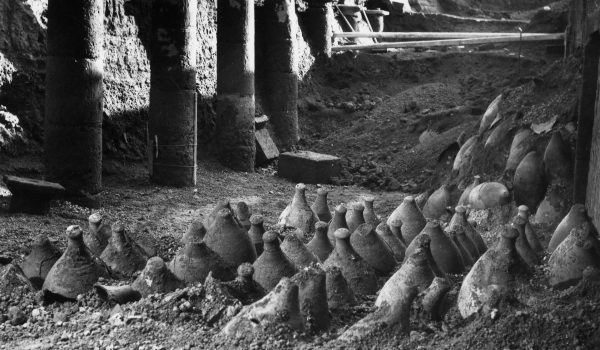John Clarke and Michael Thomas (University of Texas at Austin)
APP Contact Person Giuseppe Scarpati
The archaeological complex, at first thought to be a villa, was actually a built-up area with houses and warehouses, where a large building used for the wine trade can be identified. After its discovery and a series of excavations carried out until the 90s, the research was resumed in 2016, studying the finds and updating the documentation about the site by collecting targeted samplings.
The new stratigraphic samplings revealed a tank and a series of previous construction phases. In particular, at least five phases have been determined, dating back to a time span between the mid-2 nd century B.C. and the eruption of Mount Vesuvius. It mostly concerns highly interesting buildings that are currently being studied, including a complex hydraulic system of the Augustan Age and some warehouses in the Southern perimeter, built after the severe damage caused by the 62 A.D. earthquake.
Another aim of the project is to classify and study the many finds contained in the warehouses. They consist of over 700 cases containing at least 1,341 amphorae, the majority being of the Dressel 2-4 variety, destined to the wine trade.


